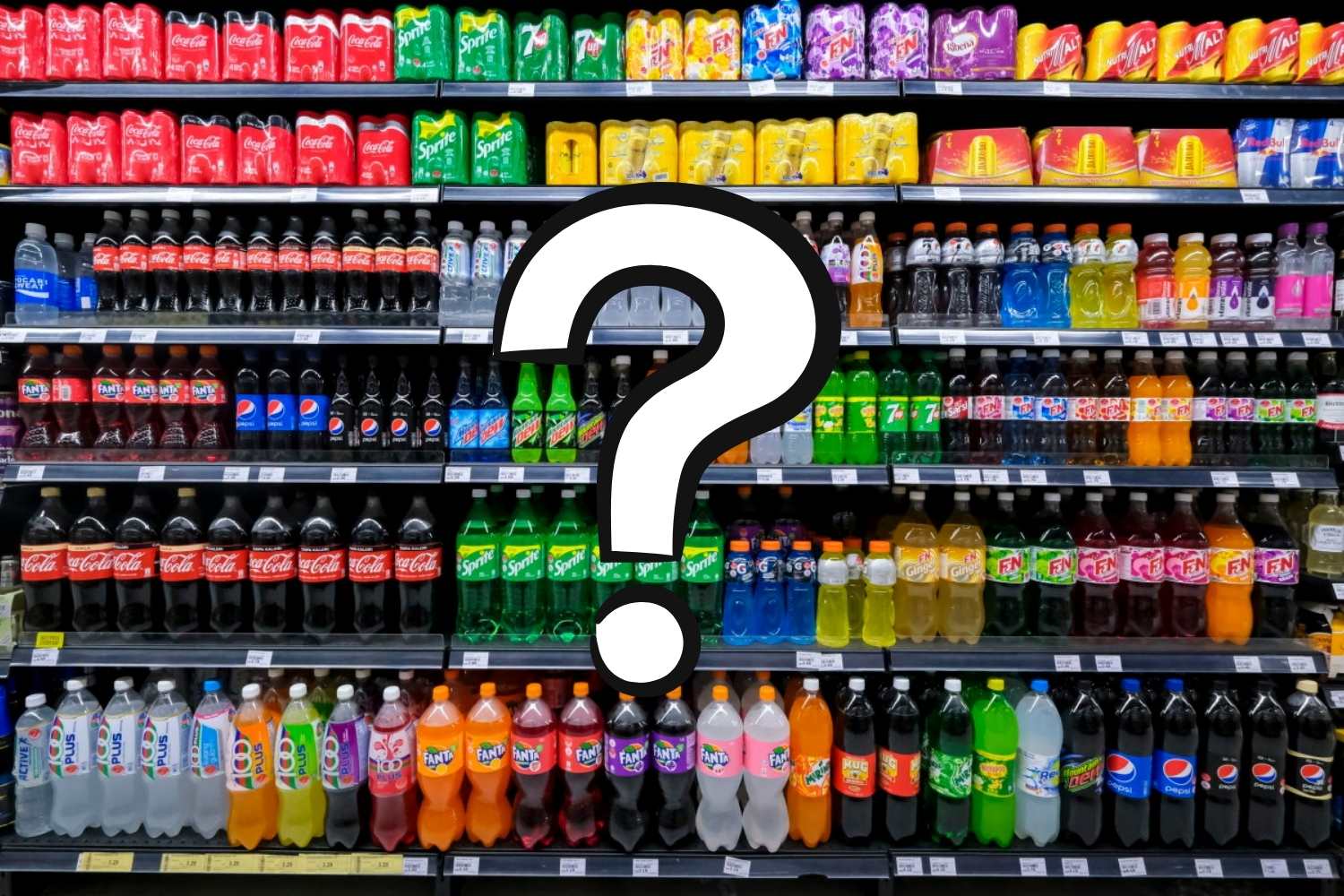A consumer test by Italian magazine Il Salvagente revealed PFAS, pesticides, and excessive sugar in many popular soft drinks, raising concerns over their hidden health risks.

We sip soft drinks far too casually. That fizz, that sugar rush, the inviting pop of color—it all makes for a quick, satisfying indulgence. But have you ever really stopped to think about what’s actually inside that bottle or can?
A recent investigation in Italy by consumer magazine Il Salvagente pulled back the curtain on 14 popular beverages. The goal? To check for traces of pesticides, PFAS (those infamous “forever chemicals”), artificial sweeteners, and suspicious coloring agents. While many of the tested drinks are globally known—like Coca-Cola, Pepsi, Fanta, and Sprite—some, such as Oransoda, Estathè, San Benedetto Allegra, or Sant’Anna Thè, are almost unknown in the United States, which makes the results all the more intriguing for an American audience unfamiliar with these regional favorites.
Let’s break down the findings—starting with the most concerning.
PFAS: the invisible guests
In seven of the tested drinks, lab results showed traces of two PFAS compounds: Pfms and PfhxA. The latter is already flagged for a 2026 ban in Europe due to its potentially harmful effects on human health and the environment. It’s found in products like waterproof clothing and cosmetics—and, evidently, some beverages.
Now, there are no regulatory limits for PFAS in soft drinks—not in Europe, not in the US. So the researchers used the thresholds for drinking water as a reference, which are much more lenient than those for food products. And even though the PFAS levels found in the drinks were well below those limits, this isn’t exactly reassuring. PFAS are notoriously persistent. They accumulate in the body, over time affecting organs like the liver and kidneys, and may even disrupt the endocrine system. Which is why, even in sugary, seemingly harmless drinks, their presence is not to be underestimated.
Pesticides in orange-flavored sodas
Interestingly—or perhaps predictably—only the orange-flavored drinks showed pesticide residues. Why? Well, oranges are among the most chemically-treated fruits during both cultivation and storage, and orange sodas tend to contain higher concentrations of juice (or rather, juice concentrate).
Out of the five orange sodas tested, four different pesticides were detected: imazalil, pyrimethanil, spirotetramat (and its derivatives), and fludioxonil. These names may sound like they belong in a laboratory more than in your beverage, and frankly, that’s where they should stay.
Imazalil is a common fungicide used on citrus fruits, and some international agencies classify it as a possible carcinogen. Spirotetramat, suspected of impairing fertility and fetal development, is due for a ban in the EU by October 2025. Pyrimethanil is considered potentially mutagenic, and fludioxonil has been flagged as an endocrine disruptor.
Again, there are no maximum pesticide residue limits for soft drinks. So, the magazine applied drinking water standards here too: 0.1 micrograms per liter per individual substance, or 0.5 micrograms per liter total. Based on that yardstick, all orange sodas exceeded safe levels.
Of course, these water-based limits are designed for daily, repeated consumption, unlike the occasional soda. Still, the issue is the same as with PFAS—these substances accumulate. And long-term exposure to such chemicals can be especially problematic for the reproductive system and hormonal health.
Sugar overload and controversial sweeteners
Let’s talk sugar. In several cases—Coca-Cola, Fanta, Schweppes, Lurisia, and a handful of iced teas—the sugar content exceeded 10 grams per 100 ml. That means a standard 11.2 oz can (330 ml) contains up to 33 grams (1.16 oz) of sugar. For reference, the American Heart Association recommends a maximum of 36 grams (1.27 oz) per day for men, and 25 grams (0.88 oz) for women. So yes, one can of soda and you’re already over the line.
Some brands are trying to lighten the load by replacing sugar with artificial sweeteners like sucralose or acesulfame K—both of which have raised health concerns in multiple scientific studies. These ingredients might keep calories low, but they’re not necessarily harmless.
Dyes, additives, and what you didn’t ask for
Beyond the sweeteners, there’s a darker side—literally. The caramel coloring agent E150d, used in some sodas, has been associated with carcinogenic effects and allergic reactions. Other ingredients like glucose-fructose syrup, stabilizers, and questionable flavorings also popped up throughout the tested products. None of these improve the nutritional profile of the drink. And while they may be legal, they’re far from desirable.
The worst drinks in the test
The worst-performing product? Lurisia Aranciata, scoring just 3.5 out of 10. It tested positive for five pesticide residues, including 0.002 mg/kg of fludioxonil and 0.006 mg/kg of imazalil. It also contained PFMS at 2.1 ng/l, and a staggering 13.6 grams (0.48 oz) of sugar per 100 ml (3.4 oz). That’s about 45 grams (1.59 oz) per can.
Not much better was Sanpellegrino Aranciata Gusto Intenso, which had multiple pesticide traces—like 0.004 mg/kg of imazalil—and PFMS at 6.8 ng/l. Sugar content? A hefty 10.1 grams (0.36 oz) per 100 ml.
Even Fanta, a brand with global reach, didn’t exactly shine, scoring 5.9. It tested positive for imazalil and spirotetramat, though no PFAS were detected. The sugar? 11 grams (0.39 oz) per 100 ml, or about 36 grams (1.27 oz) per can.
How the test was conducted
Il Salvagente’s team selected 14 sugary beverages commonly found on Italian supermarket shelves, including orange sodas, lemon drinks, iced teas, and colas. Each was analyzed in a certified lab for PFAS, pesticides, and unfavorable ingredients like artificial sweeteners and coloring agents.
Since soft drink regulations don’t yet set firm limits for PFAS or pesticides, researchers used the ISO 46:2017 protocol and compared results to drinking water standards. The final score gave 40% weight to pesticides, 30% to PFAS, and 15% each to sugar and unwanted ingredients.
So, while none of these beverages are technically illegal, some might make you think twice before cracking open that bottle—especially the lesser-known brands that don’t make it across the Atlantic but are still widely consumed in Europe.
Source: Il Salvagente
